Start Utilizing Your 3D Printer In Gardening Today: Here's How
You might be thinking, why would anybody 3D print flower pots? You can buy clay pots fairly cheaply in your regional gardening or flower shop. However, there are lots of cool techniques that 3D printing allows-- from self-watering planters and inserts, oddly shaped pots and avocado boats to propagating stations and grow light holders. As it generally is with 3D printing, your creativity is the limit!
Make it functional
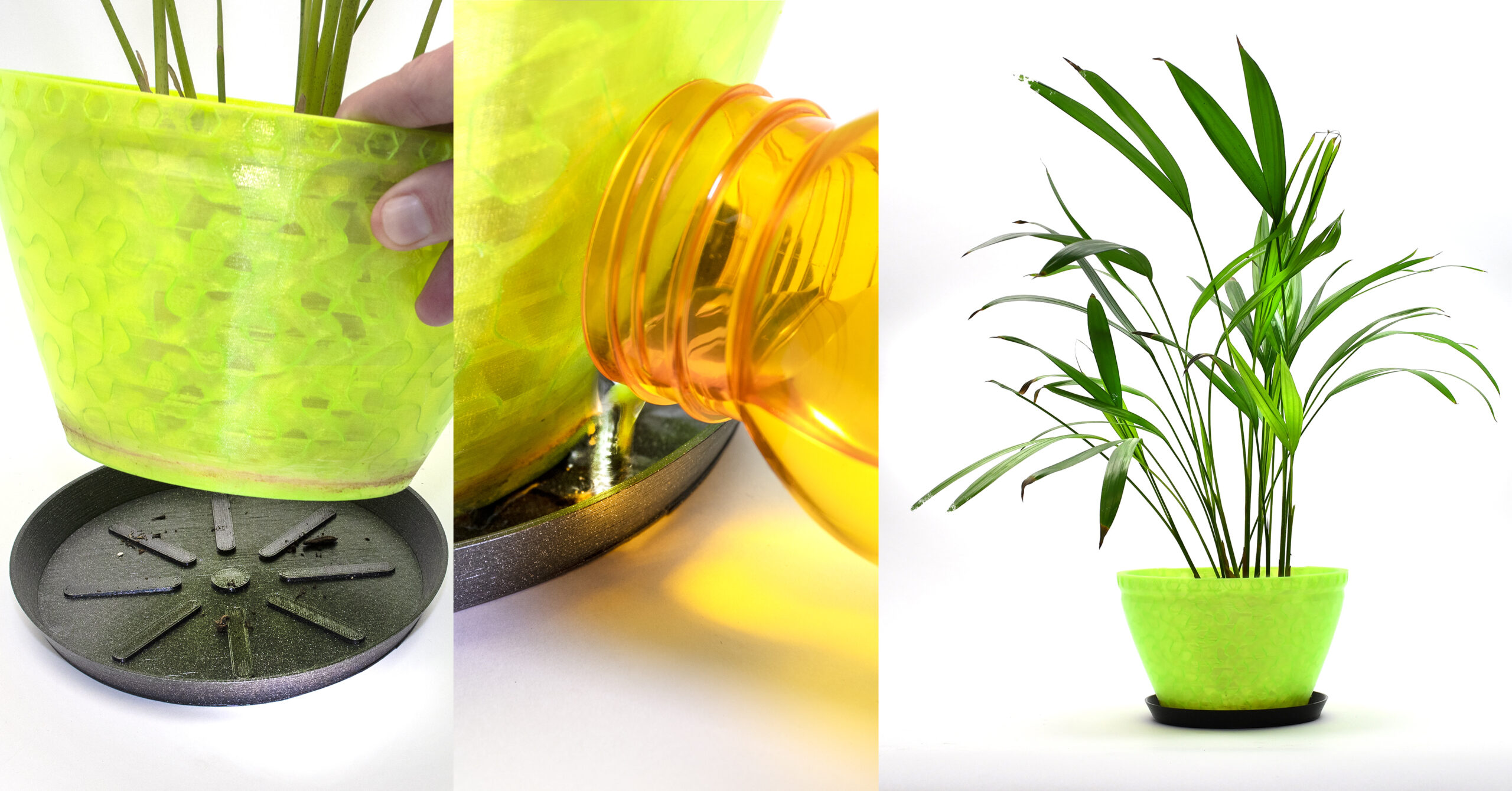
It's not easy to guess just how much water your plants need. Having a planter with holes on the bottom and a tray beneath it makes this a lot simpler. If the tray is empty you know the plant needs watering quickly. And possibly, more importantly, it's nearly impossible to overwater the plant since the water has an escape route (the tray will overflow).
The drawbacks are that A) you may not like the way it looks, especially indoors. And B) it does not truly solve the problem of you having to actively water the plant on a regular basis unless you buy or print a quite big tray.
Self-watering planters
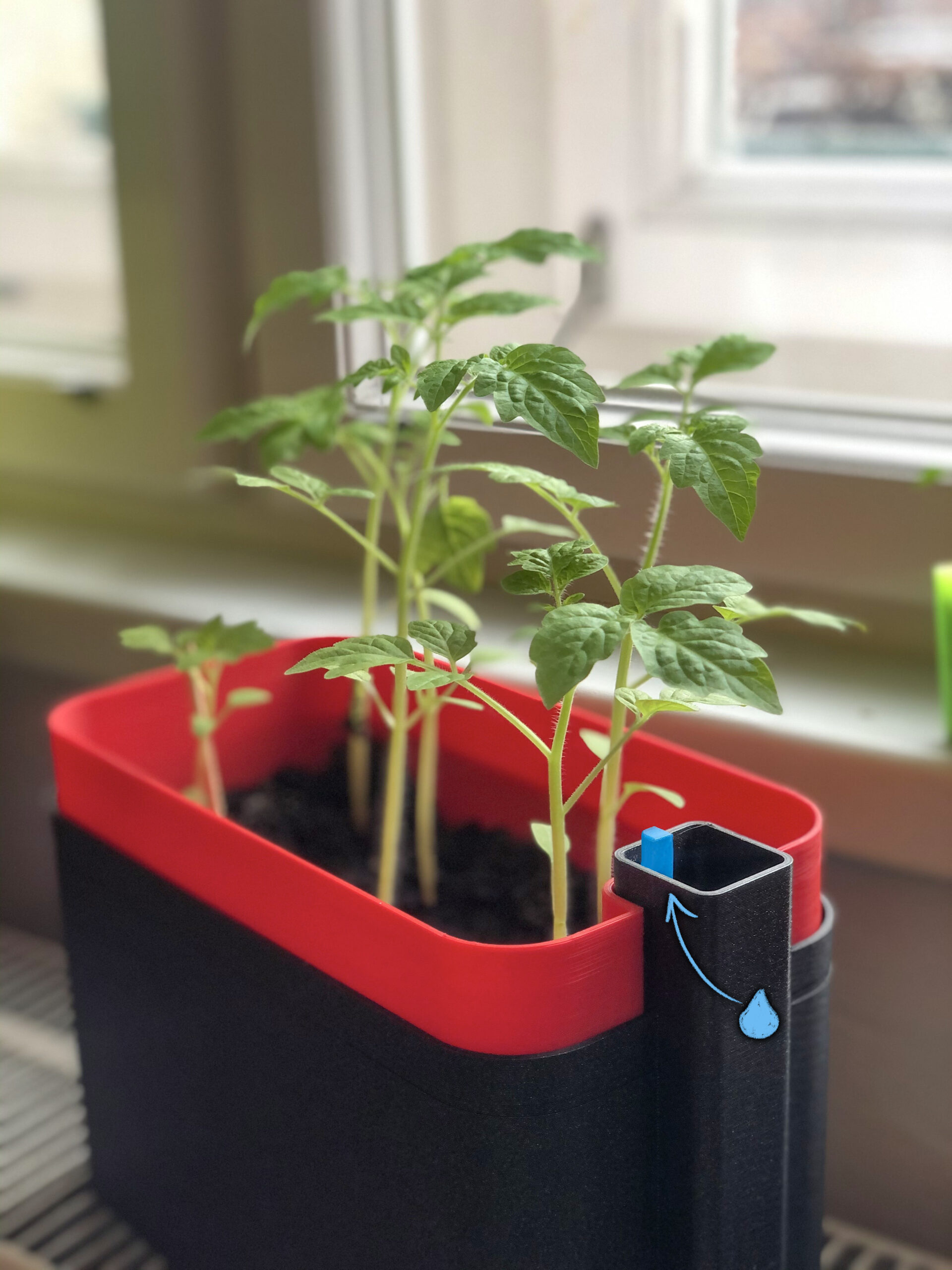
That's where self-watering planters come in. It's basically the very same concept, but instead of a planter and a tray, it has 2 shells with a cavity in between them, which works as a water tank. The outside shell must be watertight, on the other hand, the inside shell is not and it pulls the water from the tank through small holes or with the help of a wick. The reservoir capacity can usually be quite big, so you fill it (about) as soon as a week and the plant just constantly pulls the ideal quantity of water upwards.
Yes, there are plants that do not like self-watering planters, for example, cacti. Most of them do, especially herbs, tropical plants or veggies.
Commercially readily available self-watering planters can be quite costly. And the selection is quite limited. So here you may even save some money by printing one!
A good touch is to add a floating water level sign. It will make it a lot easier to inform when it's time to fill up the tank.
And what's also cool is that you can use a standard pot as the external shell and print just the self-watering insert. Shopping one that would fit your pot perfectly would be very tough. With 3D printing, you just re-scale the design in the slicer to the right size And that really leads us to point number 2.
Make it the perfect size
Among the most significant benefits of 3D printing pots is that you can make them in any sizes and shape you want. Instead of going to several shops, only to purchase a traditional round pot that simply sort-of fits where you need it to, you can print a rectangle-shaped pot, that will fit perfectly in between your double windows, on your windowsill or on that weird-sized rack that you have.
Flower pot as a piece of art
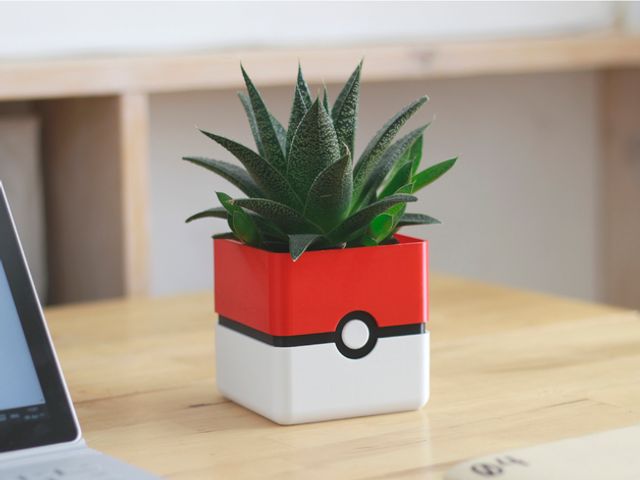
3D printing gives us amazing liberty when it concerns the shape of the pot. Sure, we try to prevent utilizing supports, however besides that, the possibilities are almost unlimited. You can choose a stylish appearance or do a fun twist of a things from your favorite films or game. In either case, you'll wind up with an uncommon pot that becomes a terrific discussion subject every time a fellow green thumb check outs your home.
Choose any color and add labels
These days, the color scheme of readily available filaments is really broad. Matching the color of your pots and the color of your drapes, couch or painting is easy. And some filaments, like our Prusament Galaxy Black, have a distinct appearance that you just will not discover in any gardening shop.
You can likewise match the color with the type of plant you're growing. Use the very same planter, but printed in red color for chili pepper plants, a green one will match herbs.
You can also emboss or deboss labels to your plant pots or print small standalone labels, if you have a larger garden.
Grow Lights
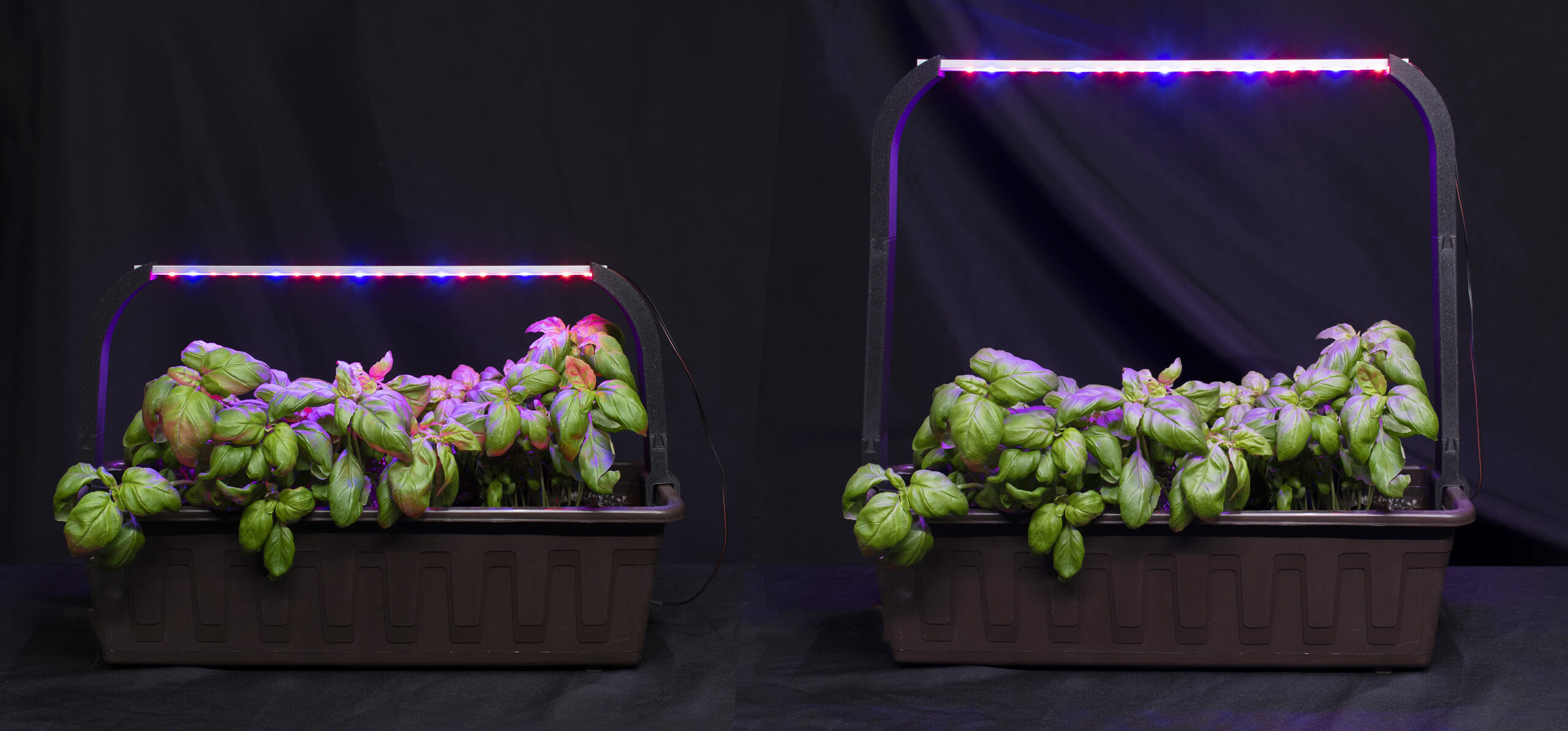
Depending upon where you live and the plants you own, you might wish to consider experimenting with some grow lights. They typically have a characteristic purple color, given that the most important wavelengths for plant advancement are blue and red. You can get them in various types, however our favorite is an excellent old LED strip, which is simple to wire and embed in our 3D printed jobs. Generally, you shouldn't leave grow lights on 24/7. Plants need a light-dark cycle to develop appropriately. But you can purchase a low-cost plug-in timer switch or a clever switch to have the lights immediately shut off for a few hours throughout the night.
Like all artificial light sources, grow lights also generate heat. Positioning them in an aluminium LED profile will provide passive cooling for them and extend their life. We created a basic holder for such LED profile, which connects to a planter box. Dividing the sides into several sections enables us to rapidly adjust the height of the light, so you can raise it greater as your plants grow.
Propagating, seed beginning and mini greenhouses
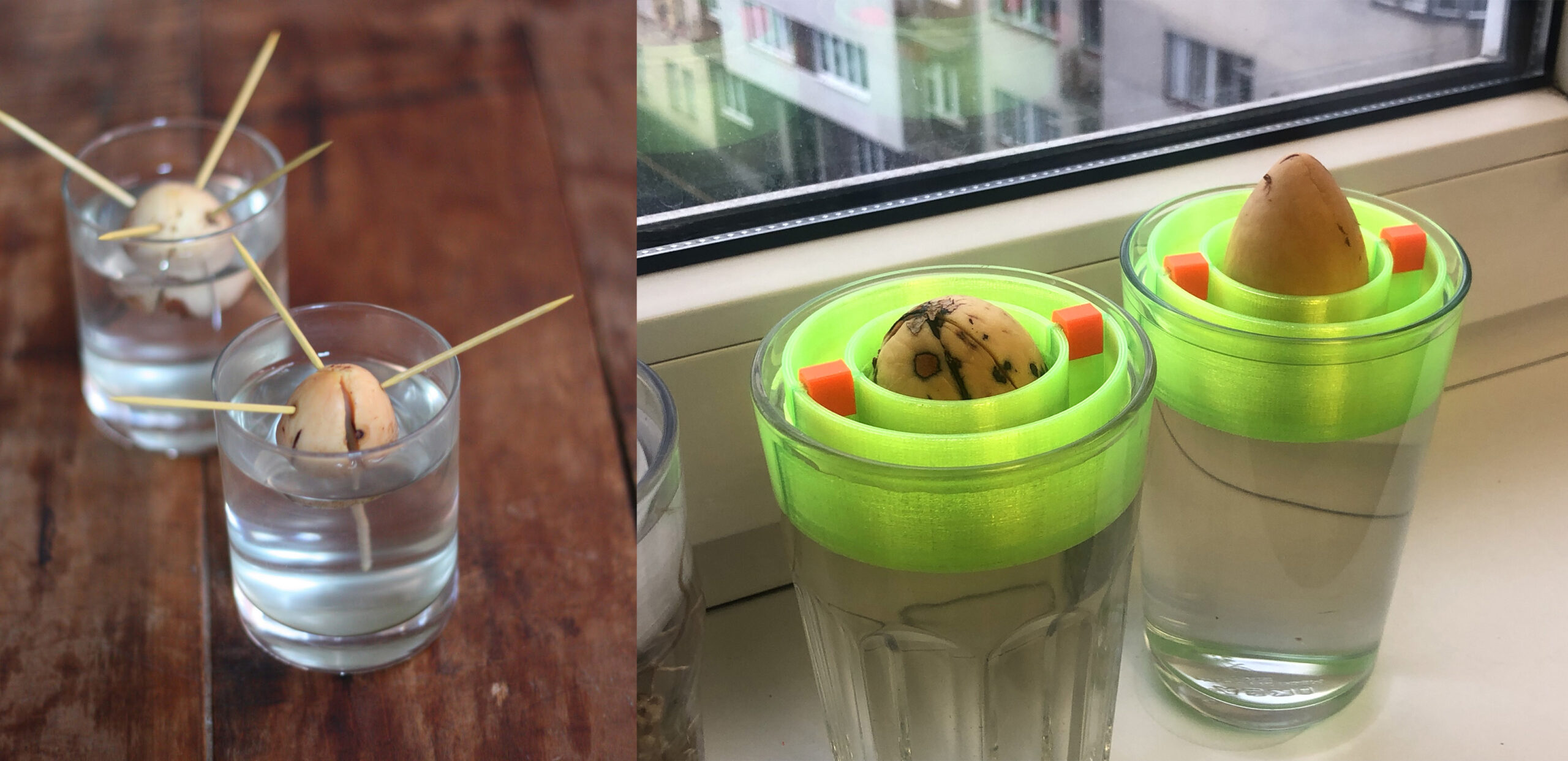
Growing a plant from remaining fruit seeds will offer it an enjoyable backstory! Nevertheless with some plants, like avocados and mangos, this can be rather the difficulty. If you search for a guide online, you'll probably wind up sticking a bunch of toothpicks to the pit and partially immersing it in water. As the water vaporizes, you'll have to continually keep refilling it. And it can often take weeks for the growing to occur. 3D printing to the rescue! If you print a boat for the pit, it will drift and keep the pit completely immersed for extended periods of time. As the water vaporizes, the boat will go lower too. As soon as you move the plant into soil, you can just re-use the boat for your next sprouting job.
Propagating
Plant proliferation is a million-year-old lifehack. You can cut an existing plant, location it in water for a few days/weeks and it will begin growing roots. Naturally, you can repeat this procedure on the new plant as well, beginning a geometric sequence of plants that will quickly take over your home. Imagine the possibilities, boundless basil and pesto.
You can use just common glass to propagate your plants. Just like with avocados, the water will vaporize rather rapidly. The plant will also move a bit in the glass as it tries to orient itself towards the sun. In some cases, this can lead to a leaf getting submerged and decaying away. Last but not least, since glass exposes all of the water to direct sunlight, algae will start growing in it. None of these is actually a huge issue, however it leaves some area for improvement.
I've printed myself an elegant propagating station! It has a big water tank and a couple of slots for net cups. These printed cups can be filled with rock wool or comparable medium and they'll hold the plant nicely directly. As a finishing touch, you can include a couple of grow LEDs to the top. The height of the leading arch is adjustable through insertable rectangular shape stand-offs. You can raise it up if the plant gets too tall.
Of course, if you get rid of the lid of the water reservoir and use soil instead of water, the specific same style becomes a normal planter. Though it does not have any self-watering ability in the existing variation, do not hesitate to remix it in any way you prefer.
If you don't move your plants into soil, they will seemingly keep growing simply fine. Hydroponics is a huge standalone subject, however in other words, faucet water doesn't have sufficient nutrients to support your plant long term on its own. Merely move your plant to soil when you see a nice root system growing.
Mint cutting that has actually grown brand-new roots and newly made pesto from home-grown basil.
Seed starters and Mini greenhouses
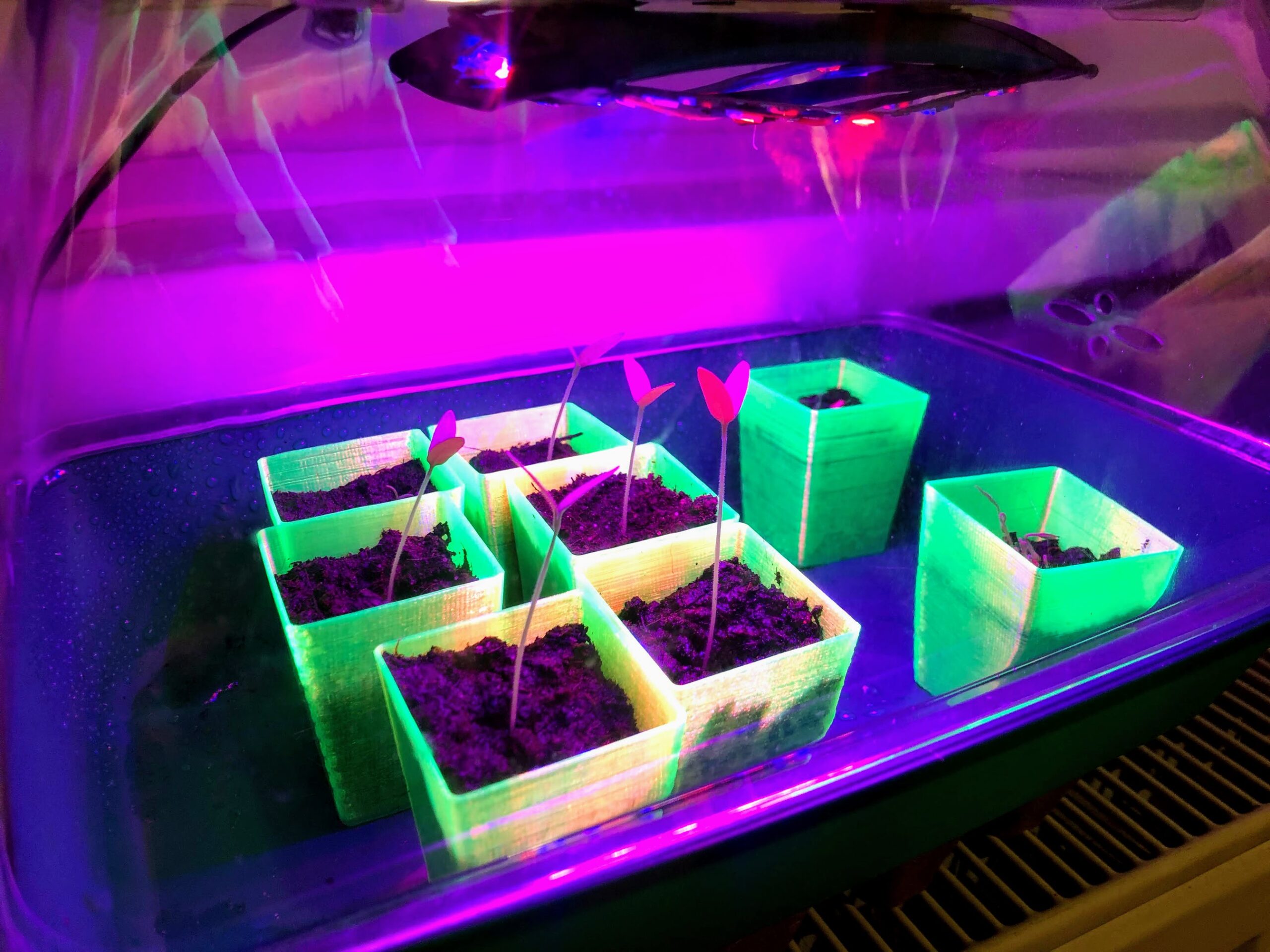
If you wish to attempt growing plants from seed, think about investing in a "seed starter", it appears like a small greenhouse. These can be purchased quite cheaply either injection formed or vacuum formed and it most likely does not make much sense to print them. What you can print are little cups for individual seeds or a little led holder. As we discussed previously, grow lights likewise produce heat, which is a welcome side effect in this case. Some seeds won't grow unless the temperature is high enough. If you print the LED holder from PLA it will ultimately warp (as seen in the picture) so a high-temp material (PETG, ASA, PC ...) or a mix of a printed part and aluminium profile is preferred.
Plant supports
Climbing up plants require some kind of assistance, otherwise, they'll just crawl on the ground. You can purchase wire or wooden grid supports, but with 3d printing, you can produce some uncommon shapes.
Smart planters and IoT devices.
If you like having fun with Arduino and other electronic devices, there are a lot of fun tasks that include plants. You can begin with keeping track of the soil humidity and altering the color of a flower pot stand based upon the determined worth. If you utilize a board with networking capability, such as the ESP8266, you can log the worths online and send fun emails.
If you wish to choose a lot more advanced project, you can include a little water pump and instantly water the plant when needed. Such a system will have minimal power usage, so you could include a little photovoltaic panel and a battery to prevent utilizing an external power supply.
There are lots of usages for 3D printing in combination with plants and we just dipped into a few of them. Hydroponics and aeroponics would make for a nice standalone topic for a future article, let us know if you 'd like to see that. If you've currently used 3D printing for a gardening job, we 'd like to see photos of your prints (tag us on Twitter). And if you have not, the growing season is simply beginning, so why not offer it a shot.
